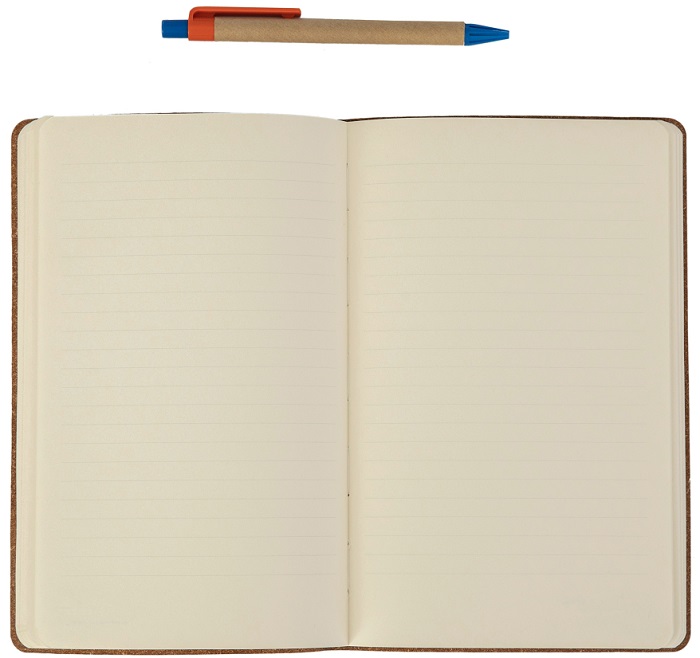Reflection
Self Reflection
Jun, 20, 2020
My design process.
My UX design process consisted of 5 phases: discovery, design, development, test/validation,and iteration. The discovery phase aimed to identify opportunities and users' needs. From there, ideating key features of my product was the objective. The design phase aimed to translate a concept into a low-fidelity prototype based on the research synthesis. The design phase included the analysis of a user journey for refining the design. The low-fidelity prototype was transformed into a high-fidelity prototype in the development phase. The development phase also included creating a style guide, pattern library, design do's and don'ts, and evaluation of accessibility. The major activity of the test/validation phase was the usability test that lets users play around a clickable prototype. It was a great opportunity to understand what users like and dislike. The iteration began at the discovery phase and continued to the end of the entire process. My design was gradually refined through the 8 iterations and was finalized based on the usability test result. That was my UX design process.

Skills or expertise I used.
I used UX research and analytics skills through my UX design process. For exploring opportunities and users’ needs, making good questions is crucial. I started by asking, “What is the current market situation in task management apps?” and performed the quantitative study. I learned that the task management software market is expected to grow with a CAGR of 13.3% from 2018 to 2026. I carefully crafted interview questions in aligning with the research question, and always asked “Why” to deeply understand the users’ potential needs. Using various analysis methods, I identified an opportunity, defined the scope of my product, and found areas for improvement. I had worked for large enterprises to adopt software products and improve business processes over a decade as a consultant. My expertise helped the user interview and data analytics.
Key activities in the project.
Including users’ feedback and improvements into my design are key activities that happened in the project. I collaborated with users through the user interview, usability test with a low-fidelity prototype, and a usability test with a high-fidelity prototype. For the user interview, I created a research plan to explore if opportunities/needs exist in the problem area. I set research goals, developed research questions, prepared interview questions. During the user interview, I asked additional questions in response to the user’s responses to dig in users’ thoughts. For the usability test, I observed users’ operations at pre-determined task points and listened to their comments. I converted the feedback and data I obtained into information for decision-making and continuously made improvements in my design.
Critical insights or findings I encountered.
Users gave me critical feedback as well as interesting insights that I’ve never come up in my mind. In the initial user interview, I found that users have experienced being motivated by others, such as motivational speeches, books, coaching sessions, etc. I wanted to include something that inspires users, so my product originally included a feature to display motivational quotes by historical people. However, one of the users pointed out that many people are sick of it. He told me that that is why demotivational posters became popular in the past. This triggered me to reconsider the original feature and turn it into the new feature: displaying goal-related images without motivational quotes. The user feedback impacted on improvements and shaped my product direction.
Key tradeoffs or decisions I had to make.
From the user interview, I learned that deadlines give users pressure, and users don't want to feel the pressure. Hence, I decided the color scheme of my design consists of soft color, and accent color was bright orange to evoke positive emotions such as energetic, warmth, and excitement. However, the accessibility test revealed that the color scheme did not meet the WCAG (Web Content Accessibility Guidelines). I had to increase color contrast between text and background to meet the requirements of the guideline. Besides, one of the users pointed out that the font size of some texts was too small, and I needed to improve them. It was challenging as I knew the changes weakened sophistication of the look & feel, but I decided to make changes to make the product more comfortable to use for many users as the UI is a communication tool, not a decoration.
How I arrive at my solution.
I arrived at my initial solution from the user interview and analytics. In the discovery phase, I organized the raw data from the interview into sticky notes as interview notes, compiled an affinity diagram based on themes, grouped sticky notes based on opportunities. Then, I ideated features of my new product, prioritized each functionality using the value-cost grid, determined three key features, and finally defined the scope of MVP. In a design phase, I sketched out concepts, diverged my ideas by using the Crazy-8s method, converged ideas into a low-fidelity prototype. From there, I refined my solution through a total of 9 iterations, including 2 usability tests, finally have arrived at my conclusion. I believe this product is more closely aligned with real users’ needs and goals by including user feedback, testing, and validation. The real impact of the design can be measured after the product is released, but I hope my product will be a good companion for users to reach their goals.